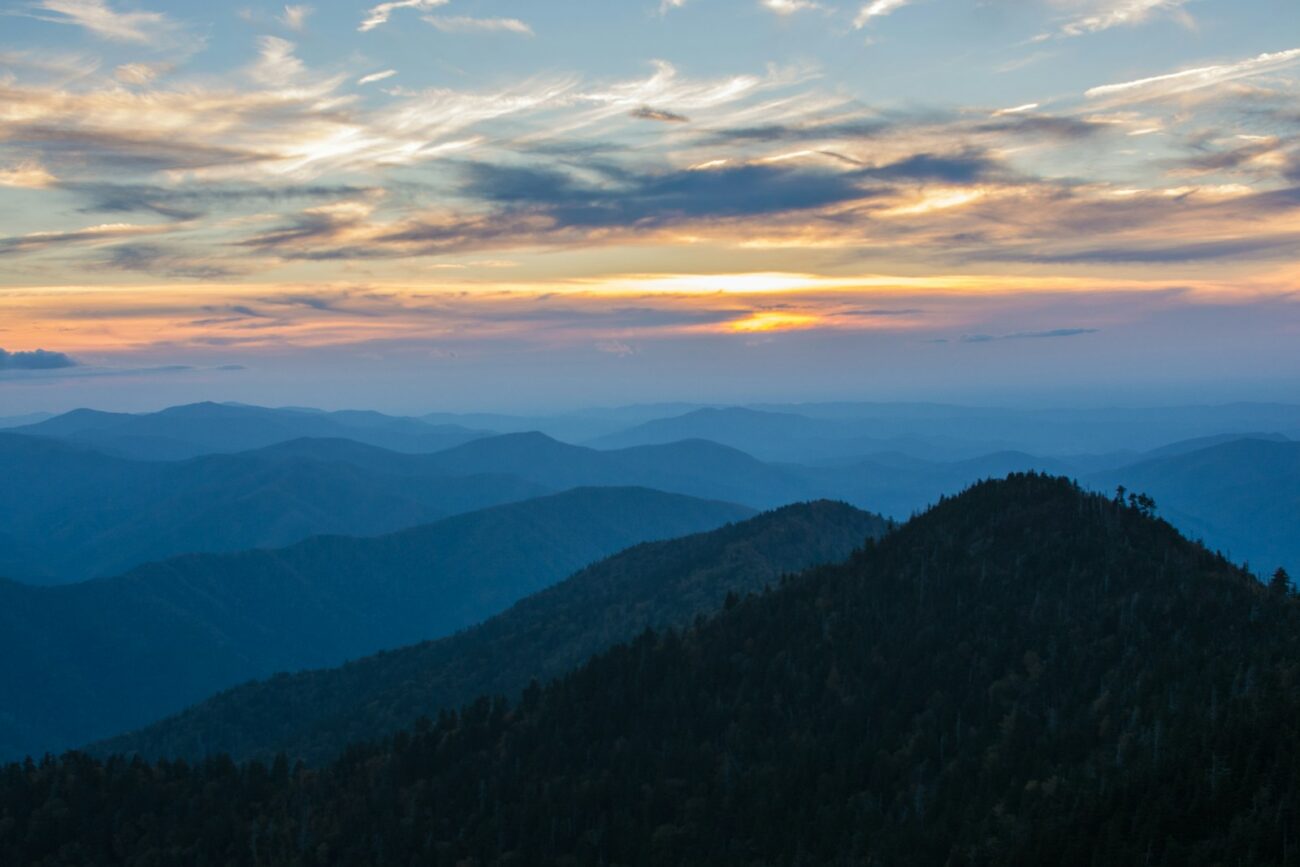America’s diverse landscapes offer some of the world’s most spectacular hiking experiences, each season bringing its own unique charm to the country’s vast network of trails. From blooming wildflower meadows in spring to snow-dusted mountain paths in winter, the United States provides year-round opportunities for outdoor enthusiasts to connect with nature. Whether you’re seeking challenging terrain or gentle strolls, coastal views or dense forests, there’s a perfect trail waiting for you in every season. This guide explores the most magnificent trails across the country, highlighting the best times to visit and what makes each one special throughout the changing seasons.
Spring Awakening: Appalachian Trail in Virginia
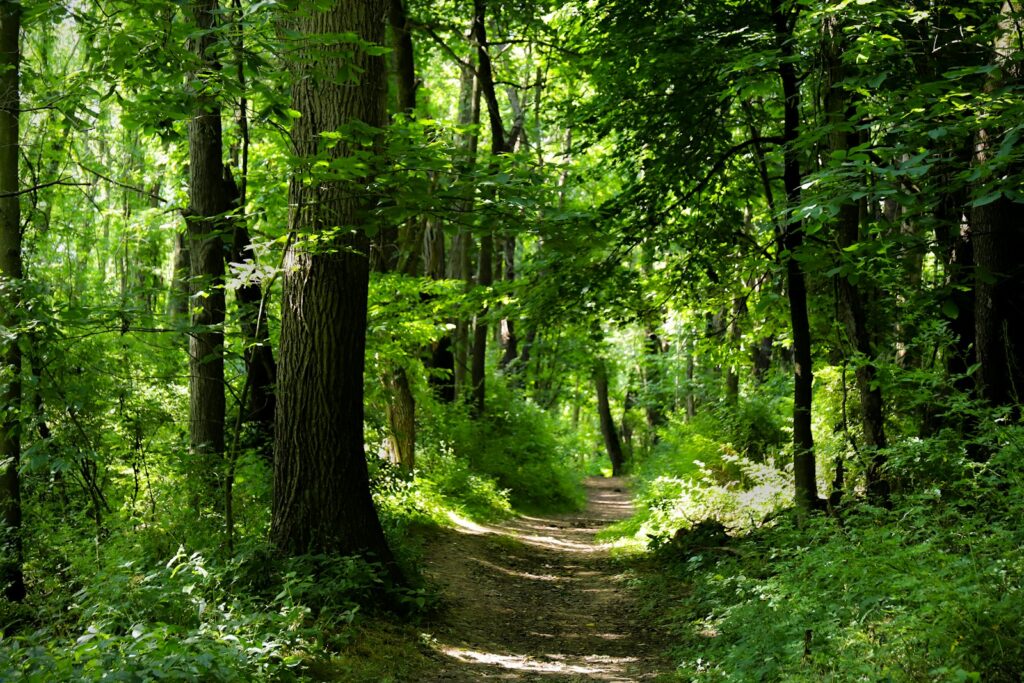
The Appalachian Trail stretches across 14 states, but its Virginia section offers some of the most spectacular spring hiking experiences in the country. From late March through May, the trail comes alive with blooming dogwoods, redbuds, and trilliums that create a colorful tapestry against the fresh green canopy. Shenandoah National Park’s portion of the trail is particularly magnificent, with over 500 miles of paths where hikers can witness the forest’s rebirth while enjoying moderate temperatures perfect for longer treks. The spring melt also brings cascading waterfalls to life throughout the region, with Dark Hollow Falls and White Oak Canyon offering particularly dramatic displays that reach their peak volume during this season.
Spring’s Desert Bloom: Antelope Valley California Poppy Reserve
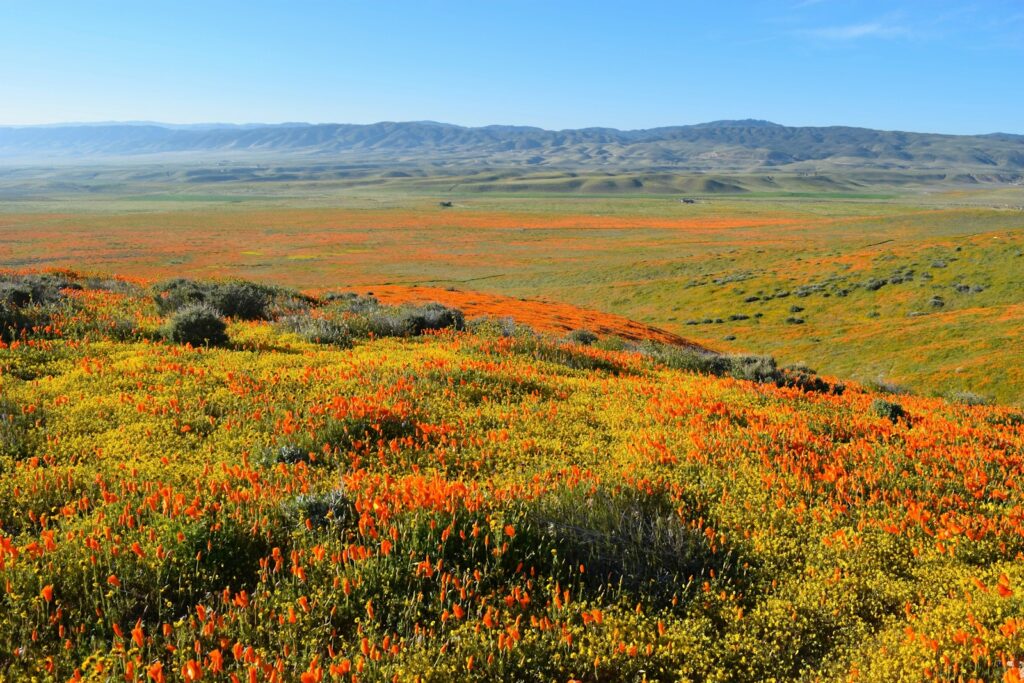
Each spring, typically from mid-February through May, California’s Antelope Valley transforms into a stunning orange blanket as millions of California poppies burst into bloom. The Antelope Valley California Poppy Reserve offers eight miles of trails winding through one of the most consistent poppy blooms in the state, with the peak usually occurring in early April. Beyond the iconic orange poppies, visitors can spot lupines, owl’s clover, goldfields, and cream cups creating a multicolored palette across the gently rolling hills. Morning visits are recommended when the flowers fully open and before afternoon winds pick up, providing photographers and nature lovers with the most vibrant displays and comfortable hiking conditions.
Spring Coastal Majesty: Olympic National Park’s Hoh River Trail
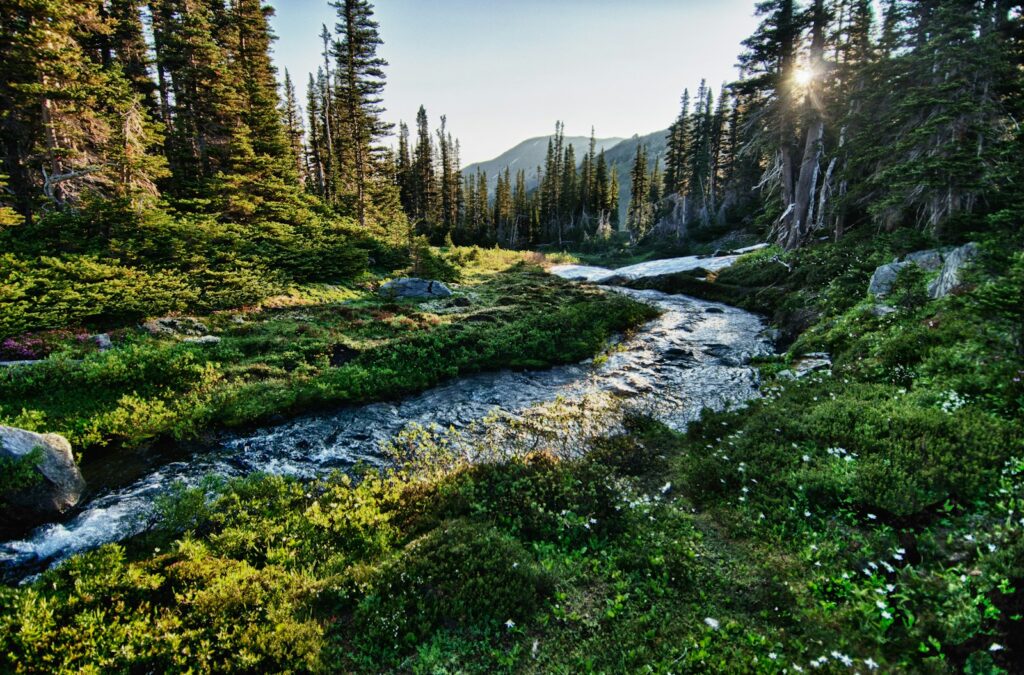
Washington’s Olympic National Park offers a springtime experience unlike any other along the Hoh River Trail, where visitors can explore one of America’s most spectacular temperate rainforests. Spring brings renewed vibrancy to this already lush ecosystem, with moss-draped maples and towering spruce trees developing fresh green growth against a backdrop of rushing river sounds. The trail’s first 13 miles to Glacier Meadow remain accessible year-round, but spring offers the ideal combination of flowing waterfalls, manageable water levels for crossing streams, and fewer crowds than summer months. Wildlife viewing opportunities abound during this season, with Roosevelt elk emerging to graze in meadows and numerous bird species returning to the forest canopy.
Summer Alpine Adventures: Continental Divide Trail in Colorado

When summer opens the high country, Colorado’s section of the Continental Divide Trail becomes accessible, offering some of the most spectacular alpine scenery in America. The trail through the Colorado Rockies features numerous sections above 12,000 feet, where summer wildflowers create spectacular displays across high mountain meadows typically from July through early September. The 22-mile stretch through the Weminuche Wilderness is particularly breathtaking, with crystal clear alpine lakes reflecting snow-dusted peaks even in midsummer. Afternoon thunderstorms are common during this season, so hikers should plan to reach high passes by noon and bring appropriate rain gear regardless of the morning forecast.
Summer Island Paradise: Kalalau Trail, Hawaii
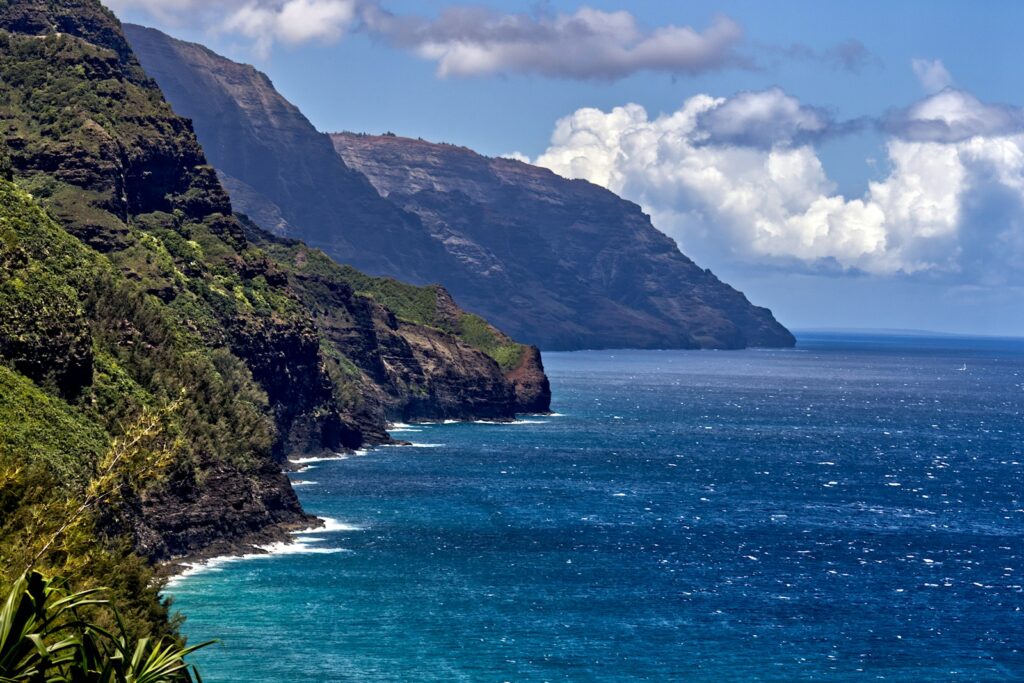
Hawaii’s legendary Kalalau Trail along the Na Pali Coast of Kauai offers 11 miles of tropical paradise best experienced during the summer months when rainfall is minimal and trail conditions are optimal. This challenging route traverses five valleys before reaching the remote Kalalau Beach, with sheer cliffs dropping to the Pacific on one side and lush, emerald mountains rising on the other. Summer brings calmer ocean conditions, making stream crossings safer and allowing hikers to cool off in secluded swimming holes along the route. The trail requires advance permits due to its popularity and sensitive environment, but rewards prepared hikers with views of fluted cliffs, hidden waterfalls, and pristine beaches that remain inaccessible by any means other than this historic footpath.
Summer Mountain Majesty: Highline Trail, Glacier National Park

Montana’s Glacier National Park comes alive during its brief but glorious summer season, with the Highline Trail offering what many consider the park’s most spectacular day hike. This 11.8-mile one-way route follows the Continental Divide along the Garden Wall, where hikers traverse alpine meadows bursting with wildflowers while mountain goats and bighorn sheep navigate nearby cliffs. The trail typically becomes fully accessible in late June or early July when the last snow melts, and remains optimal through mid-September before fall weather becomes unpredictable. The Highline’s relatively moderate grade belies its dramatic setting, with certain sections featuring cable handrails where the path narrows with significant drop-offs, creating an exhilarating experience for those comfortable with heights.
Fall Foliage Spectacle: Vermont’s Long Trail
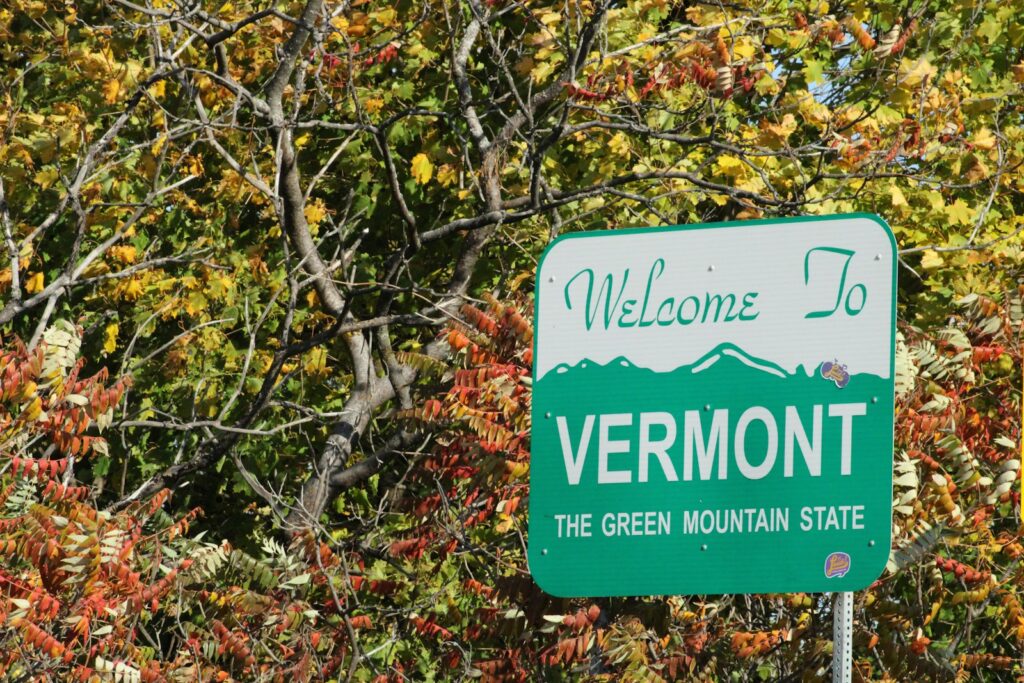
Vermont’s Long Trail, running 272 miles along the spine of the Green Mountains, transforms into a corridor of color during the fall foliage season. Late September through mid-October brings a spectacular progression of changing leaves, with maples turning brilliant red and orange while birches contribute golden yellows against the deep green of conifers. The trail’s southern sections typically begin changing first, with the color wave moving northward over several weeks, allowing hikers to time their trips for peak viewing. Mountain summits along the route, such as Mount Mansfield and Camel’s Hump, provide panoramic vistas of the surrounding countryside awash in autumn hues, while temperatures cool enough to make tackling the trail’s challenging sections more comfortable than summer months.
Fall Desert Perfection: Grand Canyon Rim-to-Rim

The epic Rim-to-Rim traverse of the Grand Canyon reaches its peak hiking season during October and early November when temperatures moderate from summer’s dangerous extremes. This challenging 21-24 mile journey (depending on route) descends over 5,000 feet from either rim down to the Colorado River before climbing back up the opposite side, passing through several distinct ecological zones along the way. Fall brings pleasant daytime hiking temperatures in the 60s and 70s along the rims and 80s at the canyon bottom, a dramatic improvement from summer’s potentially lethal heat. The North Rim facilities close mid-October, making the traditional North-to-South direction optimal earlier in fall, while the South-to-North route works better later in the season for those prepared for more self-sufficient hiking.
Fall’s Eastern Classic: Great Smoky Mountains Trails
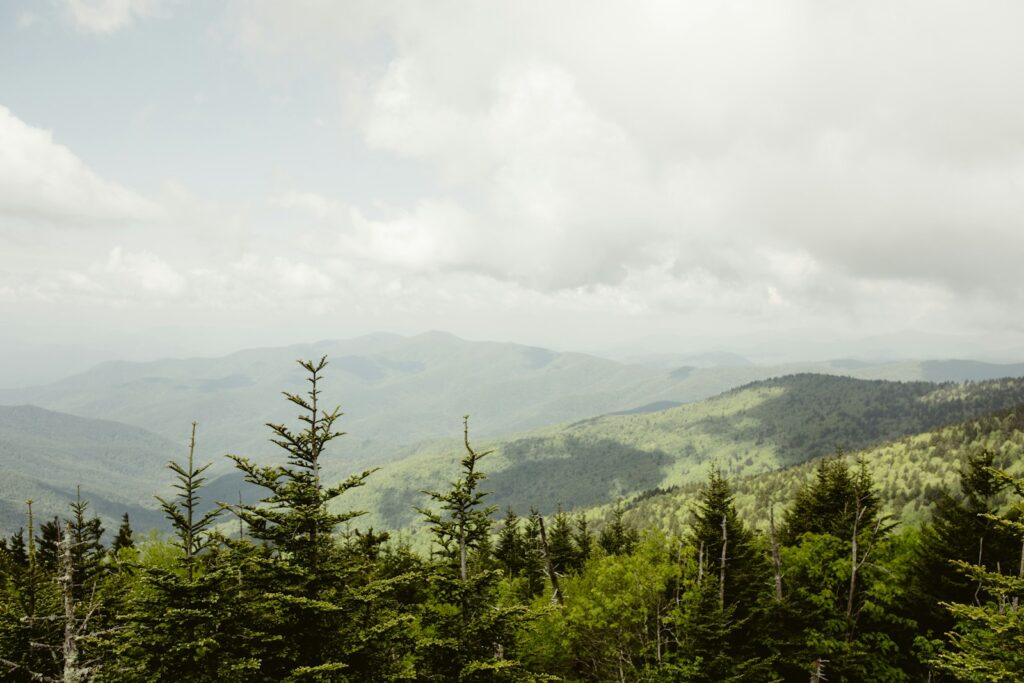
Great Smoky Mountains National Park offers America’s quintessential fall hiking experience, with over 800 miles of trails showcasing spectacular autumn color typically peaking from mid-October through early November. The Alum Cave Trail to Mount LeConte delivers particularly rewarding fall views as it climbs 2,700 feet through diverse forest types, each contributing different hues to the seasonal palette. Hardwood forests at lower elevations transition through yellows, oranges, and reds, while the higher elevation’s northern hardwood forests feature vibrant displays of sugar maple, American beech, and yellow birch. Morning fog often fills the valleys during autumn, creating dramatic scenes as the mist lifts to reveal the colorful mountainsides, making sunrise hikes especially memorable during this season.
Winter Wonderland: Mount Rainier’s Snowshoe Trails
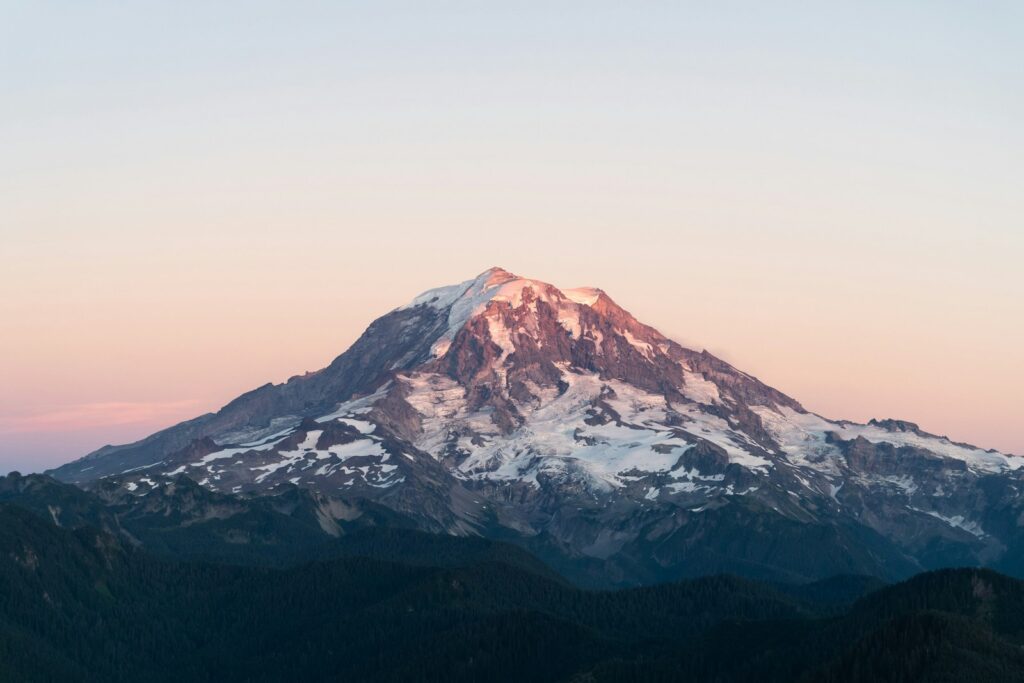
Washington’s Mount Rainier National Park transforms into a winter wonderland from December through March, with dedicated snowshoe trails offering accessible winter adventures for all skill levels. The Paradise area receives an average of 640 inches of snow annually, creating spectacular scenery as the mountain’s glaciers and forests don their winter coating. The 1.8-mile Trail of the Shadows near Longmire offers beginners a gentle introduction to snowshoeing, while more experienced winter hikers can tackle the challenging 3-mile Skyline Trail loop from Paradise, offering breathtaking views of the mountain and surrounding peaks. Ranger-led snowshoe walks on weekends provide educational opportunities to learn about winter ecology and wildlife adaptations in this dramatic alpine environment.
Winter Desert Solitude: Arizona’s Superstition Wilderness
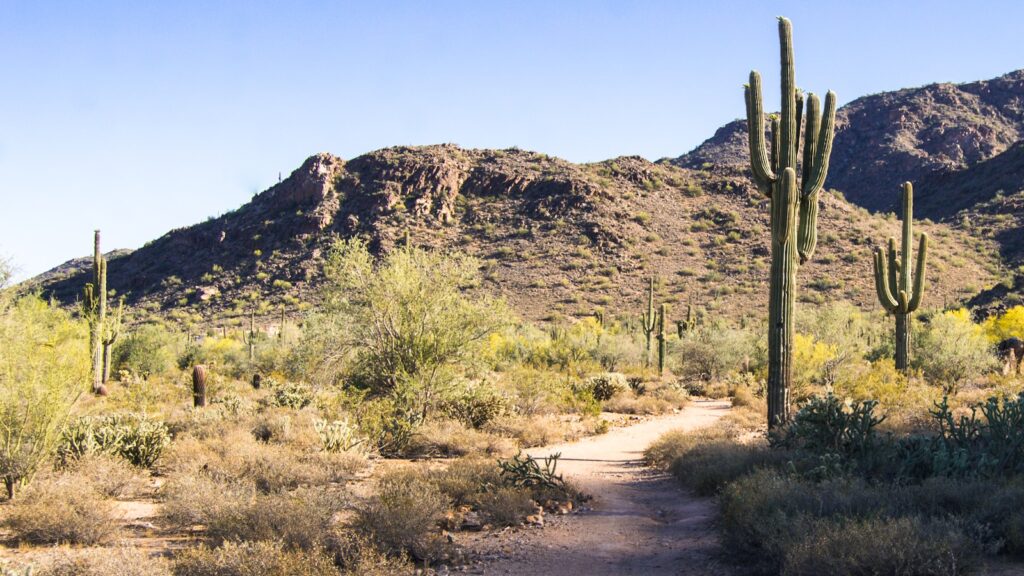
Arizona’s Superstition Wilderness east of Phoenix offers perfect winter hiking conditions when temperatures moderate to the 60s and 70s, making its normally challenging desert terrain accessible and enjoyable. The iconic Peralta Trail to Fremont Saddle showcases the dramatic Weaver’s Needle formation against clear blue winter skies, with improved visibility after summer’s heat haze dissipates. Winter rains bring surprising bursts of green to the desert landscape, with early wildflowers sometimes appearing as early as February. The wilderness area’s 160,000 acres and over 170 miles of trails see significantly fewer visitors during winter months despite having the most comfortable hiking conditions of the year, offering solitude rarely found in more popular national parks.
Winter Coastal Escape: Point Reyes National Seashore
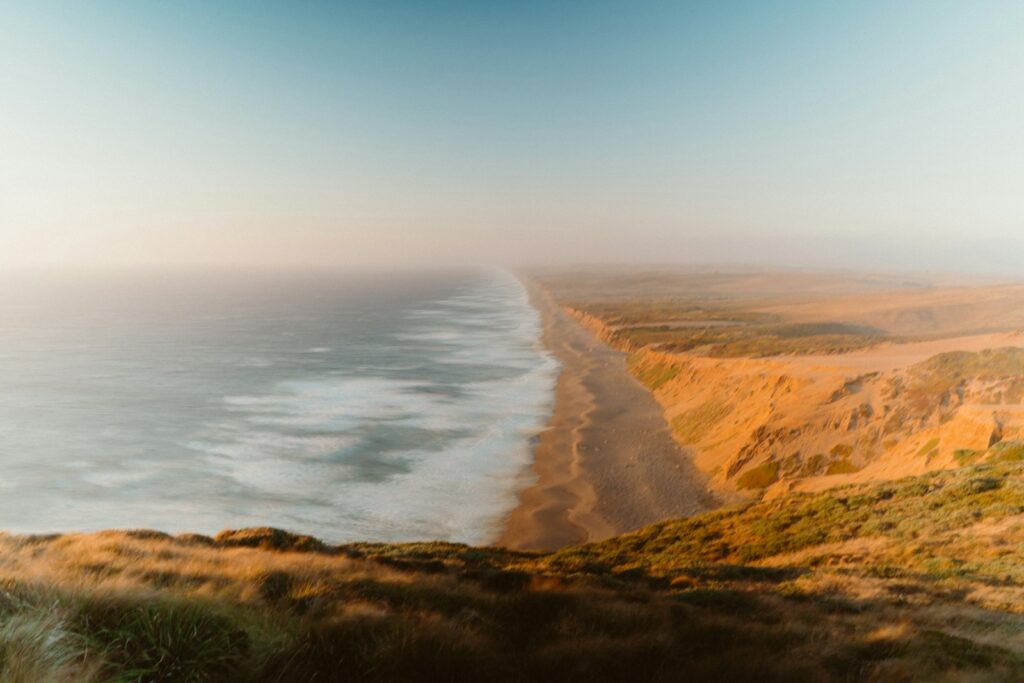
California’s Point Reyes National Seashore offers a mild winter hiking experience along its 150 miles of trails, with dramatic ocean views enhanced by winter’s stormy season. The 9.5-mile Tomales Point Trail follows a narrow peninsula through tule elk habitat to dramatic cliff-top vistas where winter brings the added bonus of gray whale migration viewing opportunities from December through April. Winter’s higher rainfall transforms the typically golden California landscape to vibrant green, while coastal prairies burst with early wildflowers starting in January. The park’s microclimate remains relatively mild even during winter months, with temperatures typically ranging from the 40s to 60s, making it an ideal escape for hikers seeking to avoid snow-covered trails elsewhere in the country.
Year-Round Marvel: Sedona’s Red Rock Trails
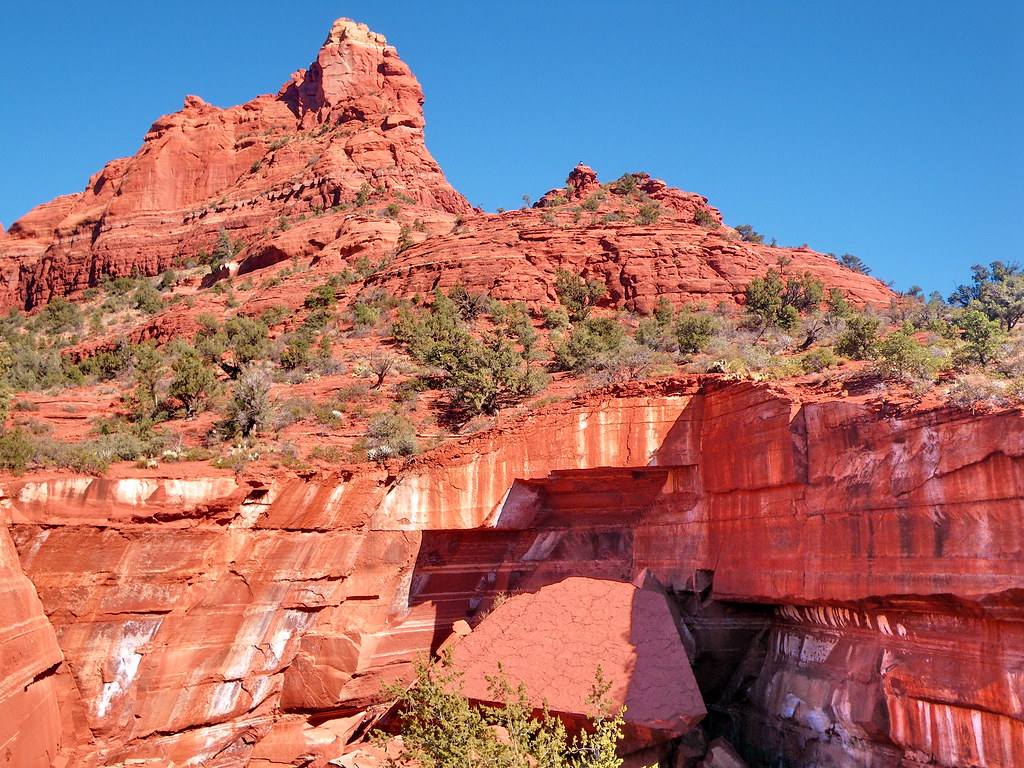
Arizona’s Sedona area offers exceptional hiking experiences throughout the year, with each season bringing its own distinct character to the iconic red rock landscape. The 3-mile Cathedral Rock Trail provides spectacular views in all seasons, with winter bringing the possibility of light snow dusting the vermilion formations, spring offering wildflower displays, summer providing dramatic monsoon thunderstorms, and fall delivering pleasant temperatures with crystal-clear visibility. Nearby Bell Rock Pathway and Courthouse Butte Loop offer more moderate terrain with equally impressive scenery across the changing seasons. Sedona’s elevation at around 4,500 feet creates a climate that avoids both the extreme heat of lower desert regions and the heavy snowfall of northern Arizona, making it one of the few destinations nationwide where hiking remains consistently accessible and enjoyable year-round.
The United States offers an incredible diversity of trails that showcase the country’s natural beauty throughout the changing seasons. From spring’s renewing blooms and summer’s alpine grandeur to fall’s vibrant colors and winter’s tranquil snowscapes, there’s always a perfect trail waiting for outdoor enthusiasts willing to adapt to the seasons. By planning adventures according to these natural rhythms, hikers can experience America’s most spectacular landscapes at their absolute best, creating memories that celebrate both the passage of time and the timeless beauty of our natural world. Whether you’re seeking challenging adventures or peaceful nature walks, this seasonal approach to trail selection ensures optimal conditions, unique seasonal phenomena, and the most rewarding outdoor experiences our country has to offer.

